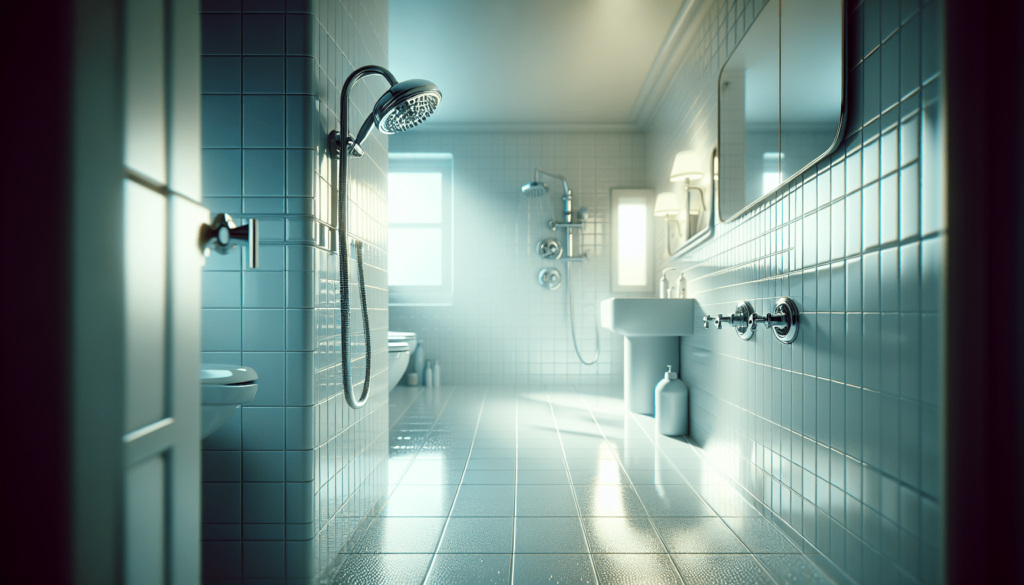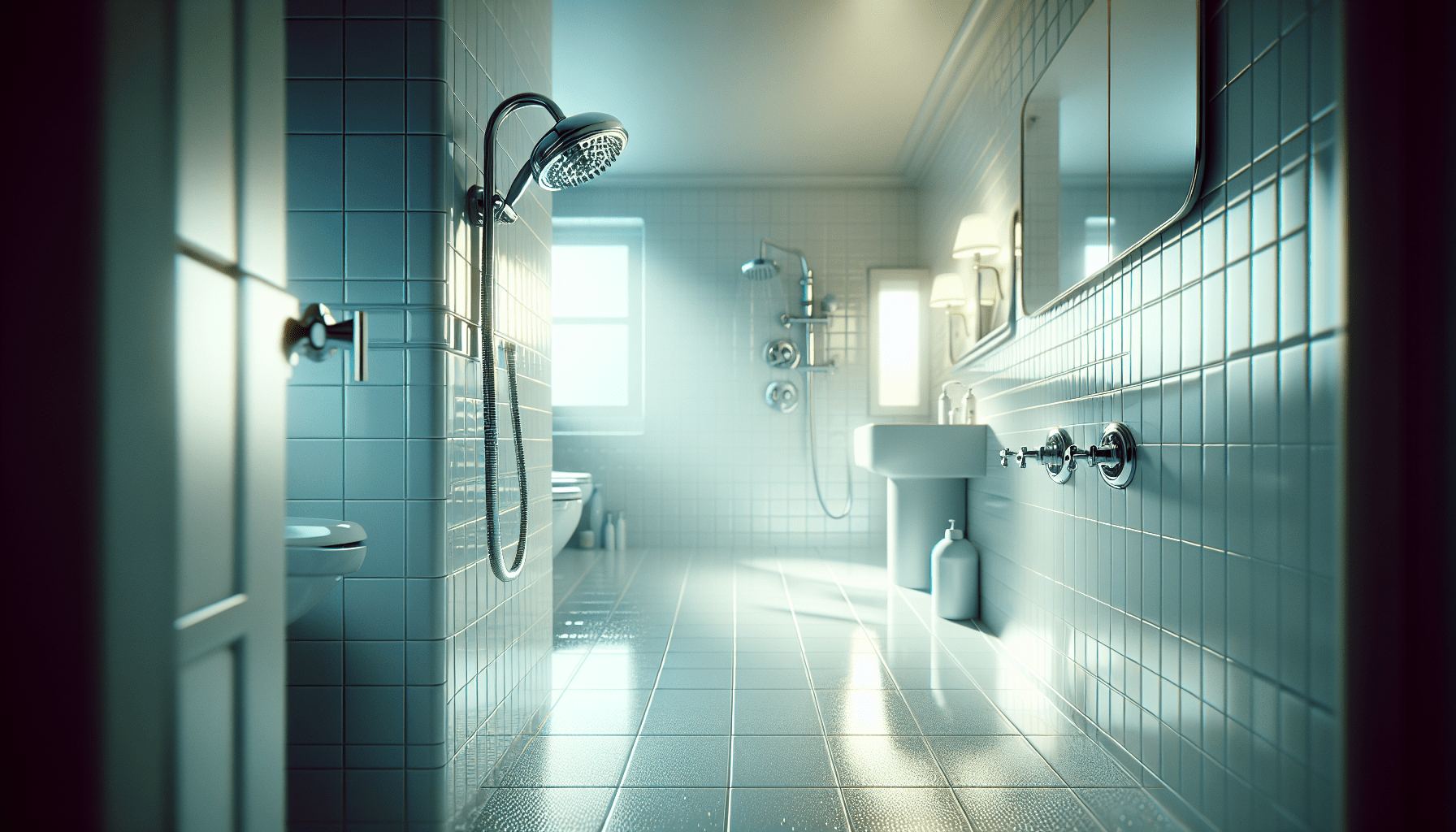Keeping your home mold-free is essential for maintaining a healthy living environment and ensuring the longevity of your property. In “Tips to Keep Your Home Mold-Free,” you’ll discover practical advice and easy-to-follow steps to prevent mold growth in your home. From managing humidity levels to identifying common mold-prone areas, these tips will equip you with the knowledge to protect your home and your well-being. Dive into these valuable guidelines and enjoy a cleaner, safer living space for you and your loved ones. Have you ever walked into your basement or bathroom and noticed a musty smell? If so, you may have encountered an unwelcome guest: mold. Mold not only looks unpleasant, but it can also have serious implications for your health, causing allergies, respiratory issues, and more. Luckily, there are numerous steps you can take to keep your home mold-free. Let’s dive into some practical and actionable tips that can help you prevent mold growth in your living spaces.

Understanding Mold
Before jumping into the prevention tips, it’s crucial to understand what mold is and why it thrives in certain environments. Mold is a type of fungus that grows from tiny spores that float through the air. It can thrive in a variety of conditions but flourishes best in warm, damp, and humid environments.
Why is Mold Dangerous?
Mold doesn’t just pose a threat to your property; it can also significantly impact your health. People exposed to mold may experience allergies, asthma attacks, eye irritation, and skin rashes. In extreme cases, prolonged exposure can lead to more severe respiratory issues.
Tips for Preventing Mold Growth
Now that you understand the severity of mold, let’s look at some top tips to prevent it from taking over your home.
Control Humidity Levels
Mold loves moisture, and controlling the humidity in your home is one of the most effective ways to prevent its growth. Experts recommend keeping indoor humidity levels below 60%, ideally between 30% and 50%.
- Dehumidifiers: Invest in a dehumidifier, especially in damp areas like basements or bathrooms.
- Ventilation: Ensure that your home is well-ventilated. Use exhaust fans in kitchens and bathrooms.
- Air Conditioning: Use your air conditioner during the humid summer months to keep indoor air dry.
Fix Leaks and Water Problems
Water leaks are a common cause of mold growth; therefore, addressing them promptly is essential.
| Problem Area | Action Steps |
|---|---|
| Roof | Regularly inspect and repair any roof leaks. |
| Pipes and Plumbing | Fix leaks under sinks, behind toilets, and in other plumbing areas. |
| Windows | Ensure that windows are sealed tightly to prevent water intrusion. |
Ventilate Shower, Laundry, and Cooking Areas
High-moisture areas like shower, laundry, and kitchen need extra attention. Proper ventilation in these areas can go a long way in preventing mold.
- Exhaust Fans: Use exhaust fans to expel moisture outside.
- Windows: Open windows when showering or cooking to allow moisture to escape.
Dry Wet Areas Immediately
Mold can begin to grow within 24-48 hours of water exposure. So, drying wet areas immediately can be a crucial preventive measure.
- Bathroom: Wipe down shower walls and floors after use.
- Basement: Use a wet/dry vacuum to clean up water spills.
- Roof and Gutters: Regularly clean and maintain gutters to ensure they efficiently direct water away from your home.
Use Mold-Resistant Products
When building or remodeling your home, consider using mold-resistant products.
- Drywall: Opt for mold-resistant drywall, especially in high-moisture areas like bathrooms.
- Paint: Use mold-resistant paint to add an extra layer of protection.
Improve Airflow in Your Home
Good airflow can help reduce moisture levels.
- Furniture Placement: Move furniture away from walls to improve air circulation.
- Doors and Windows: Keep interior doors and windows open when weather permits to help air flow freely through the home.
Clean and Repair Roof Gutters
Blocked gutters can overflow and lead to water damage and mold growth.
- Regular Cleaning: Clean gutters twice a year to prevent blockage.
- Gutter Guards: Consider installing gutter guards to minimize debris accumulation.
Monitor Houseplants
While houseplants can improve air quality and add beauty to your home, they can also harbor mold.
- Overwatering: Avoid overwatering your plants to prevent creating a damp environment.
- Mold-Resistant Soil: Use mold-resistant soil to reduce the likelihood of mold growth.
Regular Inspections and Maintenance
Regularly inspecting your home can help you catch potential mold-friendly conditions early.
- Professional Inspections: Consider yearly inspections by qualified professionals, especially in key areas like the roof, basement, and plumbing.
- DIY Checks: Conduct routine checks for any signs of moisture or mold.
Use Proper Storage Techniques
Improper storage can lead to mold growth, especially in basements and attics.
- Avoid Cardboard: Use plastic storage bins rather than cardboard boxes, which can absorb moisture.
- Elevate Storage: Keep items off the floor, especially in damp areas like basements.
Specific Areas to Focus On
Certain areas in your home are more susceptible to mold growth. Here’s a closer look at each of these areas and how you can keep them mold-free.
Bathroom
The bathroom is one of the dampest areas in your home, making it a common site for mold.
- Shower Curtains: Use a mold-resistant shower curtain and wash it regularly.
- Rugs and Bathroom Mats: Wash and dry bathroom rugs and mats frequently to prevent moisture buildup.
- Tiles and Grout: Regularly clean grout lines with an anti-mold cleaner.
Kitchen
Food preparation can generate lots of moisture, making the kitchen another high-risk area for mold.
- Sink Area: Keep the sink area dry and fix any leaks immediately.
- Vent Hood: Use a vent hood while cooking to remove excess moisture from the air.
Basement and Crawl Spaces
Basements and crawl spaces often have limited ventilation and can be particularly prone to dampness.
- Seal Cracks: Use a sealant to close any cracks in the foundation.
- Sump Pump: Make sure your sump pump is functioning correctly to handle groundwater.
Attic
Attics may not seem like a potential mold hotspot, but poor insulation and ventilation can lead to mold growth.
- Insulation: Ensure your attic is well insulated and ventilated.
- Roof Leaks: Regularly inspect for and repair any roof leaks that could affect the attic.
Bedrooms and Living Areas
While not typically as damp as bathrooms or kitchens, bedrooms and living areas can still foster mold under the right conditions.
- Windows: Make sure windows are properly sealed, and use double-paned windows if possible.
- Carpets: Opt for hard flooring over carpets. If you have carpets, clean them regularly and ensure they stay dry.
Steps to Take If You Discover Mold
Finding mold in your home can be stressful, but acting quickly and effectively can help you get it under control.
Identify and Assess
First, determine the extent of the mold problem.
| Inspection Area | What to Look For |
|---|---|
| Walls and Ceilings | Look for discoloration or peeling paint. |
| Floors | Check for warping or staining. |
| Furniture | Inspect upholstered furniture for mold and mildew. |
Remove Small Mold Patches Yourself
If the mold growth is minimal and localized, you may be able to handle the cleanup yourself.
- Protective Gear: Wear gloves, a mask, and eye protection to prevent exposure.
- Cleaning Solution: Use a mixture of water and vinegar or a commercial anti-mold cleaner to scrub away mold.
- Dispose Properly: Double bag and dispose of any cleaning materials that have come into contact with mold.
Call in the Professionals for Larger Problems
For more extensive mold infestations, it’s best to seek professional help.
- Mold Remediation Specialists: Hiring specialists can ensure that the mold is thoroughly removed and that underlying issues are addressed.
Prevent Future Mold Growth
After removing mold, take steps to prevent it from returning.
- Regular Maintenance: Continue regular inspections and maintenance.
- Sealant: Apply a mold sealant to prone areas after cleaning to inhibit future growth.

Conclusion
Keeping your home mold-free involves a comprehensive approach that includes routine maintenance, proper ventilation, and moisture control. By following these tips and being proactive, you can create a healthier living environment that is unwelcome to mold. Remember, the key to mold prevention is consistent vigilance and timely intervention. So keep an eye out, act quickly, and enjoy a healthier, cleaner home.
